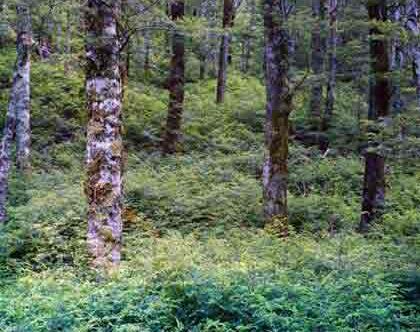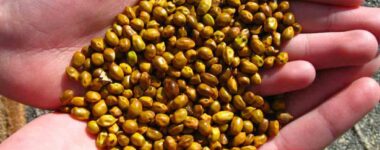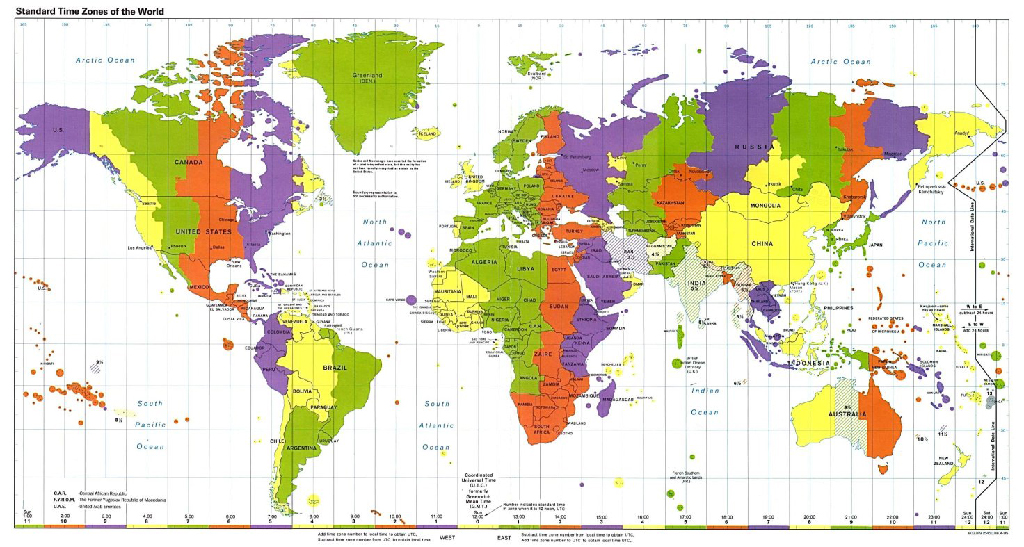Latest News
Share this post:
New Zealand’s flora is incredibly diverse, reflecting the country’s wide range of habitats, from coastal areas at sea level to the alpine environments of its high mountains. The differences between the native plants found at these extremes are marked, shaped by varying climatic conditions, soil types, and ecological pressures.
Coastal and Lowland Plants
At sea level, New Zealand’s coastal and lowland regions are characterised by a relatively mild climate, with moderate temperatures and high levels of rainfall. The soils are often fertile, and the plant life is lush and diverse. These areas are home to forests, wetlands, and scrublands, each supporting a unique assemblage of plant species.
One of the most iconic trees in New Zealand’s lowland forests is the Kauri (Agathis australis), a towering conifer that can grow to be one of the largest and longest-living tree species in the world. Kauri forests were once widespread in the northern parts of New Zealand but have been significantly reduced due to logging and land clearance. These trees are adapted to the relatively warm and wet conditions of the lowlands, with thick bark that protects them from disease and a root system that spreads wide to anchor them in the fertile, yet often shallow, soils.
Another notable lowland species is the Pōhutukawa (Metrosideros excelsa), often called the New Zealand Christmas tree. Pōhutukawa thrives in coastal environments, particularly on the North Island, where it is frequently found clinging to cliffs and rocky outcrops. It has adapted to withstand the salty winds and occasional droughts characteristic of coastal environments. The tree’s leathery leaves reduce water loss, and its extensive root system helps it anchor in the rocky soils, drawing water from deep underground.
Nikau palm (Rhopalostylis sapida) is another species that dominates the coastal and lowland areas. It is the southernmost growing palm in the world, which speaks to its hardiness in cooler temperatures, compared to other palm species globally. It is often found in coastal forests, particularly in the North Island, where it forms dense, shady groves.
Coastal scrublands are also a significant feature of New Zealand’s lowlands, with species like Mānuka (Leptospermum scoparium) and kānuka (Kunzea ericoides) being particularly prevalent.
These hardy shrubs are well adapted to poor soils and can tolerate both drought and frost. Mānuka, in particular, has become famous worldwide for the honey produced from its flowers, which has unique antibacterial properties.
High Mountain Plants
In stark contrast to the lush and diverse plant life at sea level, New Zealand’s high mountains present a much harsher environment. The alpine regions of New Zealand are characterised by cold temperatures, high winds, and poor, often rocky soils. The growing season is short, and snow covers the ground for much of the year. As a result, the plant life in these areas is much more specialised and adapted to extreme conditions.
One of the most striking features of New Zealand’s alpine flora is the prevalence of tussock grasses, such as Snow tussock (Chionochloa spp.). These grasses are incredibly hardy, with dense, fibrous roots that help them anchor in rocky soils and withstand high winds. Their narrow, tough leaves minimise water loss and are adapted to survive in freezing temperatures.
Herbaceous plants are also a significant part of the alpine flora. Species like the Mount Cook lily (Ranunculus lyallii), which is actually a giant buttercup, have adapted to the cold, harsh conditions of the mountains. The Mount Cook lily has large, thick leaves that help it capture and retain moisture in an environment where water is often frozen or scarce. Its flowers are also designed to attract the few pollinators that are active in the short alpine summer.
Another important alpine plant is the Cushion plant (Donatia novae-zelandiae). Cushion plants grow in dense, low mats that hug the ground, providing protection against the wind and cold. Their compact form also helps conserve heat and moisture, which are crucial for survival in the alpine environment. The small leaves and flowers of cushion plants are an adaptation to the short growing season, ensuring that they can complete their life cycle quickly before the winter snows return.
Shrubs are less common in the alpine zone than at lower elevations, but a few species, such as the Mountain totara (Podocarpus nivalis), have adapted to survive in these harsh conditions. Mountain totara is a low-growing, sprawling shrub with tough, needle-like leaves that are resistant to frost and desiccation. Its roots can penetrate deep into the rocky soil, allowing it to access water and nutrients that are not available to other plants.
Adaptations to Environmental Pressures
The differences between the native plants at sea level and those in the high mountains of New Zealand are largely driven by the environmental pressures they face. In the lowlands, plants must compete for light and nutrients in a densely vegetated environment. As a result, many lowland species, such as Kauri and Pōhutukawa, grow tall and have large, spreading root systems to outcompete their neighbours.
In contrast, the alpine environment is characterised by a lack of competition but also by extreme conditions such as cold temperatures, high winds, and poor soils. Alpine plants are generally smaller and more compact than their lowland counterparts, an adaptation that helps them conserve heat and moisture and avoid damage from wind and frost. The short growing season means that many alpine plants have adapted to grow and reproduce quickly, completing their life cycle in the few months when conditions are favourable.
Summary
New Zealand’s native plants at sea level and in the high mountains represent two distinct ecological communities, each adapted to thrive in its respective environment. The lush, diverse forests of the lowlands contrast sharply with the hardy, specialised flora of the alpine zone. These differences highlight the incredible adaptability of New Zealand’s native plants, which have evolved over millions of years to survive and flourish in one of the world’s most diverse and challenging environments.


 Collecting and Propagating Seeds
Collecting and Propagating Seeds China on a Plate: The Flavours of a Nation (with a Spotlight on Sichuan)
China on a Plate: The Flavours of a Nation (with a Spotlight on Sichuan) Kinesiology Cross Patches
Kinesiology Cross Patches Camaraderie On a Walking Tour…
Camaraderie On a Walking Tour… How E-Biking Has Transformed Biking Tours
How E-Biking Has Transformed Biking Tours








